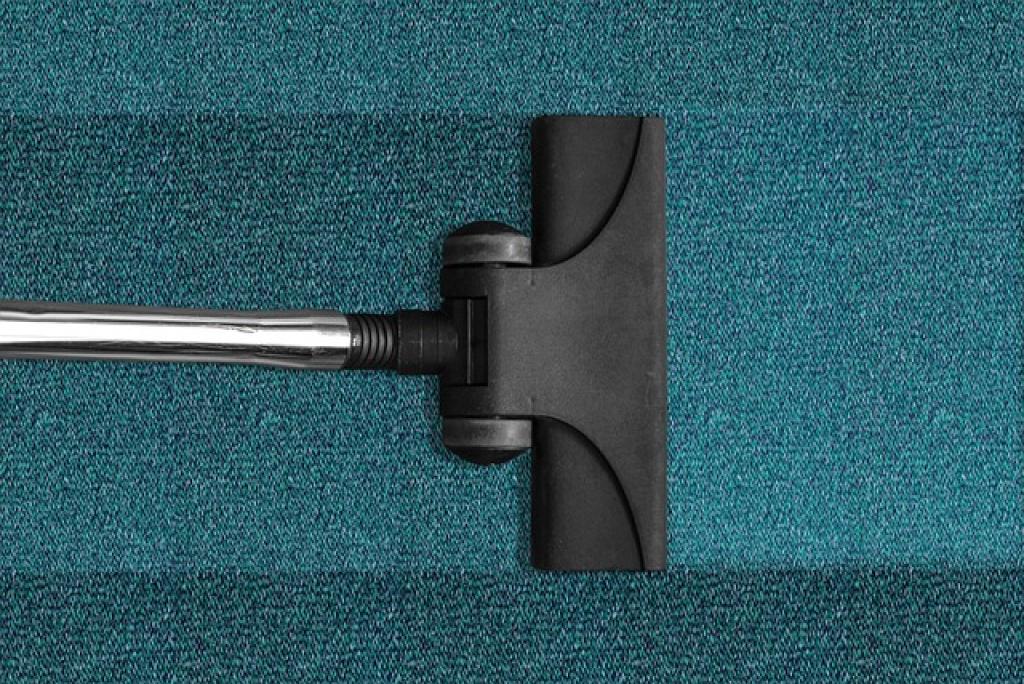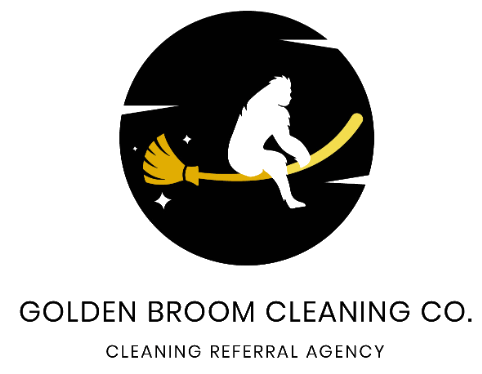Ever wondered how much a cleaner can accomplish in just three hours? Prepare to be amazed! In those precious 180 minutes, a cleaner can turn your chaos into a tidy haven.
From scrubbing away stubborn stains to making surfaces sparkle, these professionals perform tiny miracles. They handle dusting, vacuuming, and polishing like it’s an art form, leaving homes refreshed.
It’s not just about the aesthetics, though. A cleaner tackles hygiene hotspots like bathroom tiles and kitchen counters, ensuring they’re not just clean but safe. They get into those hard-to-reach corners and crevices we often overlook.
Beyond tasks, there’s strategy and skill. It’s about time management and knowing exactly which tools to wield for different jobs. Each moment is optimized for maximum impact.
So, next time you sigh over a messy room, think about what three dedicated hours can achieve. Let’s dive deeper into this cleaning magic!
Understanding the Scope of Work
The scope of a cleaner’s work in three hours might surprise you. Imagine the hustle and energy poured into transforming each area of a home. It’s a whirlwind of activity, where no minute is wasted.
Cleaners usually start with assessing the space, noting the areas that demand immediate attention. Prioritizing tasks ensures that high-impact areas get the care they need from the start.
Once the plan is in place, it’s action time. The cleaner flicks the switch on the vacuum, collects dust with a quick sweep, and tackles grimy surfaces with the right cleaning solutions. It’s a strategic dance from one room to another, guided by the clock but never careless.
Attention to detail is crucial. It’s not just about the obvious dirt but also subtle touches — fluffing pillows, arranging books, and maybe even straightening up picture frames.
But it’s not just physical cleaning. It’s about transforming a space into a welcoming environment, where every corner feels refreshed and inviting.
Through smart techniques and focused efforts, cleaners make sure that each room is left better than they found it. It’s work that blends meticulous care with efficient execution.
Prioritizing Tasks Efficiently
When time is tight, prioritizing tasks is a must for getting the job done right. This is where planning meets instinct, as cleaners decide which areas need their focus first.
Starting with the ‘high traffic’ areas makes sense. Kitchens and bathrooms typically top the list because they’re used so often and can harbor the most mess. Tackling these spaces early on ensures they receive the attention they deserve while energy and motivation are still high.
After the crucial spots are sorted, living areas usually follow. These are spaces where relaxation and family time happen, so they absolutely deserve a bit of love. Quick dusting and tidying can transform these rooms into inviting sanctuaries.
Finally, those less-frequently-used places, like guest rooms or formal dining areas, are addressed. These rooms might not need a full clean every time, but a quick refresh keeps them ready for the spotlight whenever guests arrive.
By focusing on the essential tasks first, cleaners manage their time wisely, ensuring that even in a short span, every part of the home gets just what it needs.
Maximizing Cleaning Productivity
Let’s face it, nobody wants to spend more time cleaning than necessary. So, finding ways to maximize productivity is a game-changer.
For starters, having a cleaning routine can make all the difference. Knowing what to do and when to do it helps maintain a steady pace and cuts down on time wasted figuring out what’s next.
The Power of a Clean Routine
Another trick is gathering all the supplies before starting. Keeping everything you need on hand prevents those pesky mid-clean searches for the lost sponge or that one cleaner that seems to vanish into thin air.
Working from top to bottom is a tried-and-true method. This way, any dust or dirt that falls lands on floors that haven’t been cleaned yet. You save time by avoiding double work, and your space looks spotless faster.
Don’t underestimate the power of a playlist packed with upbeat tunes. Music can keep spirits high and make the process feel less like a chore and more like a dance party with purpose. Who knew sweeping could have such rhythm?
In the end, combining smart strategies with a hint of fun transforms cleaning from a task to be dreaded into a challenge to be conquered.

Utilizing Time-Management Techniques
Imagine transforming cleaning into a sprint rather than a marathon. That’s where time-management techniques come into play.
Setting specific time limits for each task can work wonders. By challenging yourself to complete a room in, say, 15 minutes, it keeps you focused and prevents distractions.
Breaking down larger tasks into smaller, bite-sized parts can make cleaning seem far less daunting. Tackling small chunks keeps momentum going and gives a satisfying sense of accomplishment as you tick off each piece.
Using timers can be super effective too. Set one for each task and race against it. Not only does it create a sense of urgency, but it also keeps you from overthinking and helps maintain that precious focus.
Finally, scheduling regular cleaning breaks can actually improve productivity. Short pauses recharge your energy and keep fatigue at bay, so you can tackle the next task with renewed vigor. A little breather goes a long way in maintaining efficiency!
Addressing Specific Client Requests
We’ve all had those moments when a client has a list longer than expected, filled with particular asks. Understanding and addressing these requests can set you apart.
Listening and Understanding
First, listen carefully. Asking follow-up questions to gather all necessary details ensures you’re on the same page. Repeat back what you’ve heard to confirm understanding, which reassures clients that their needs are your priority.
Then, prioritize their requests according to urgency and importance. This strategy helps in managing your time and sets clear expectations about what can be realistically achieved.
Tailoring Your Approach
Tailoring your approach to cater to these specific needs is crucial. Perhaps it’s using a certain cleaning product or focusing more on high-traffic areas. Flexibility and adaptability are key to meeting unique demands.
Regularly updating your clients about your progress keeps them in the loop and fosters trust. Remember, communication is a two-way street, and keeping clients informed makes them feel valued and respected in the process.
Dealing with Unforeseen Challenges
No matter how well you plan, sometimes surprises pop up, like a stubborn stain or a last-minute change. The key is to stay calm and tackle these challenges head-on.
Staying Calm Under Pressure
When faced with unexpected hurdles, take a deep breath. Keeping a clear head helps you assess the situation logically and determine the best course of action. Panic won’t solve problems, but a thoughtful approach will.
It’s important to have a plan B, maybe even a plan C. Having backup supplies or alternative strategies can save the day. Being prepared for the unexpected makes you adaptable and reliable.
Problem-Solving Skills
Think of unforeseen challenges as opportunities to boost your problem-solving skills. Try different tactics, and don’t be afraid to get creative when finding solutions. This practice not only resolves the immediate issue but strengthens your skills for future challenges.
Remember to communicate any changes with your clients. Letting them know what’s happening and how you’re handling it goes a long way in maintaining their trust and confidence in your service.
Maintaining Quality Standards
Quality is the backbone of any successful endeavor. It’s what keeps your clients coming back and what sets you apart from the rest. To maintain high standards, start by setting clear expectations for yourself and your team.
Consistent training and updates on the latest industry techniques go a long way. This ensures everyone is on the same page and equipped with the right skills. It’s amazing how much of a difference staying informed can make.
Pay close attention to detail in every task. Whether it’s ensuring that every corner is spotless or double-checking your work, these small efforts contribute significantly to the overall quality.
Don’t forget to gather feedback regularly. Listening to your clients’ input not only boosts your service but also shows them that their satisfaction is your top priority. Quality isn’t just about meeting expectations; it’s about exceeding them consistently.
The Bottom Line: Achieving Client Satisfaction
At the end of the day, client satisfaction is the ultimate goal. It’s the measure of your success and a testament to your hard work and dedication. To achieve it, you need more than just a good product or service; you need to build strong relationships.
Communication plays a key role here. By keeping lines open and being responsive to clients’ needs, you show that you value their input and respect their time. This leads to a stronger trust bond, which is essential for long-term satisfaction.
Not to mention, consistency in delivering quality work can’t be overstated. Clients should know they can count on you to meet, or even better, exceed their expectations every time. This not only enhances their experience but also boosts your reputation.
Don’t forget the power of going the extra mile. Small gestures, like a follow-up call or a personalized thank you note, can leave a lasting impression and differentiate you from others.
In conclusion, client satisfaction is about delivering excellence consistently while building genuine connections. By valuing feedback, maintaining high standards, and offering that little bit extra, you’re well on your way to creating loyal supporters who will champion your business. And that, indeed, is a win-win for everyone involved.
